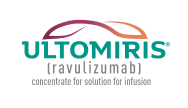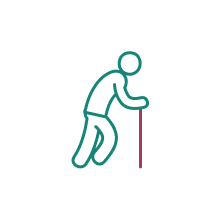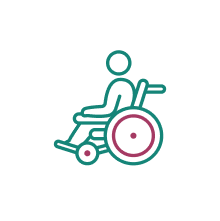


healthcare professional
HOVER OR TAP
HOVER OR TAP
HOVER OR TAP
CHAMPION-NMOSD is a phase 3, externally placebo-controlled, open-label, multicenter study to evaluate the efficacy and safety of ravulizumab in adult patients with anti-aquaporin-4 antibody-positive (AQP4+) neuromyelitis optica spectrum disorder (NMOSD).3,4
Efficacy results should be interpreted with reasonable care as the study design was open-label with an external placebo control arm from the PREVENT study.4,5† vs external placebo, P < 0.0001; HR=0.014; (95% CI: 0.000, 1.103). Patients were allowed to have concomitant IST treatment. The safety and efficacy of ULTOMIRIS® were studied in CHAMPION-NMOSD (NCT04201262), also known as ALXN1210-NMO-307 or CHAMPION-NMO-307, a global, external placebo-controlled, open-label, multicentre trial of 58 adults with anti-AQP4 Ab+ NMOSD. The placebo group of the PREVENT trial was used as external control (n=47).4
‡ ULTOMIRIS® must be administered by a healthcare professional and under the supervision of a physician experienced in the management of patients with haematological, renal, neuromuscular or neuroinflammatory disorders. Minimum infusion time for ULTOMIRIS® 100 mg/mL maintenance doses ranges from 30 minutes to 75 minutes, depending on body weight.3
HOVER OR TAP
HOVER OR TAP
HOVER OR TAP
† Ex vivo analysis of how human neutrophils affect astrocytes in the presence of anti-AQP4 Ab-positive serum derived from NMOSD patients.10

As severe disability can result from even a single relapse, remaining relapse-free is the primary treatment goal for NMOSD1,2,6,9



Adverse Event Reporting
Please report any adverse reactions via your national reporting system. Adverse events should also be reported to Alexion pharmaceuticals by the following link: https://contactazmedical.astrazeneca.com
